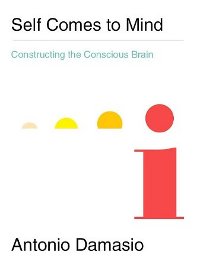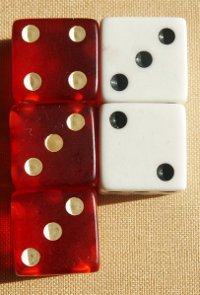Pantheon Books, 2010
Conclusion In “Self Comes to Mind”, Damasio provides a neuroscientific account of consciousness. Despite being occasionally somewhat opaque, the book is a worthwhile read for anyone interested in consciousness.

In his latest book, “Self Comes to Mind”, Antonio Damasio outlines his ideas about the neural basis of consciousness. This is not the first time (and probably not the last) that Damasio has dealt with this subject matter, but “Self Comes to Mind” is different from his previous books. First, the role of emotion is not quite as prominent. Second, “Self Comes to Mind” appears to be oriented towards people with some knowledge of neuroscience. The book is also perfectly suited for the interested layman, but those who are looking for light-weight popular science entertainment may be better off with, for example, recent books by Oliver Sacks or Victor Lamme.
 According to Damasio, consciousness is all about neural maps. In order for an object to be consciously perceived, it needs to be represented in brain areas that are crucial for consciousness. This statement is a tad trivial when it comes to sensory perception (vision, hearing, etc.), but Damasio emphasizes that this principle extends to emotions as well, with one difference: Emotions are the result of maps of the body itself, rather than maps of the outside world.
According to Damasio, consciousness is all about neural maps. In order for an object to be consciously perceived, it needs to be represented in brain areas that are crucial for consciousness. This statement is a tad trivial when it comes to sensory perception (vision, hearing, etc.), but Damasio emphasizes that this principle extends to emotions as well, with one difference: Emotions are the result of maps of the body itself, rather than maps of the outside world.
Damasio already expressed these ideas about neural map-making before, but in “Self Comes to Mind” he goes a step further and provides a detailed account of how he thinks consciousness emerges …



 This tool has been created mostly as a convenience for users of
This tool has been created mostly as a convenience for users of 